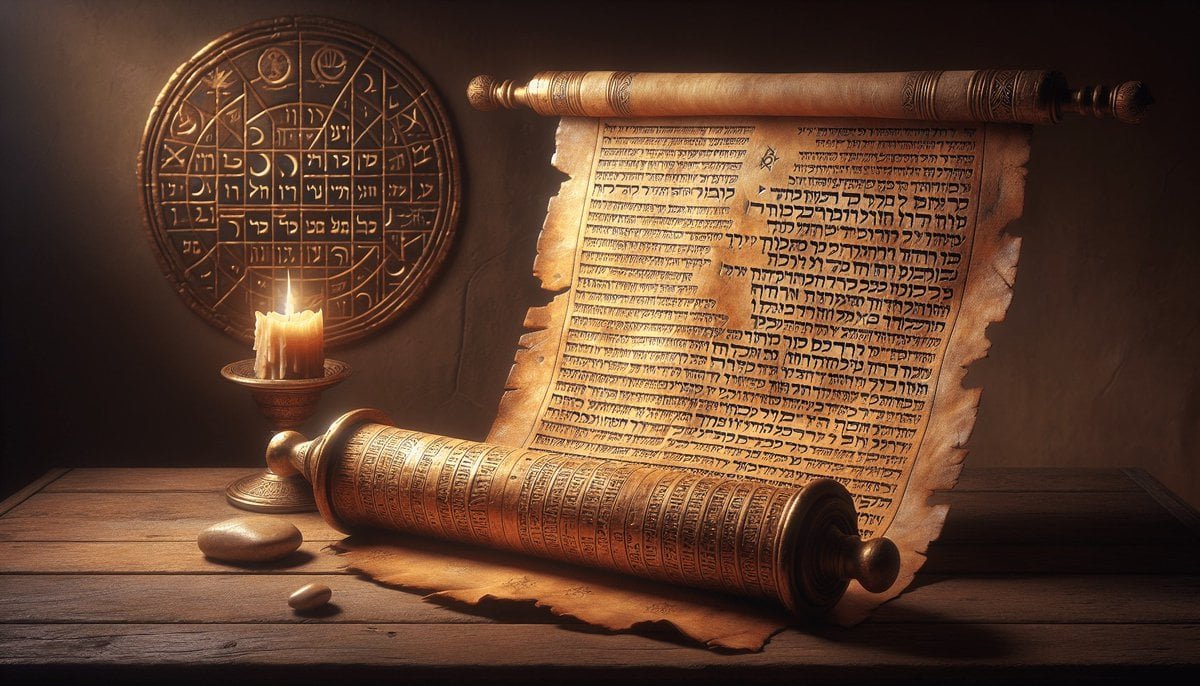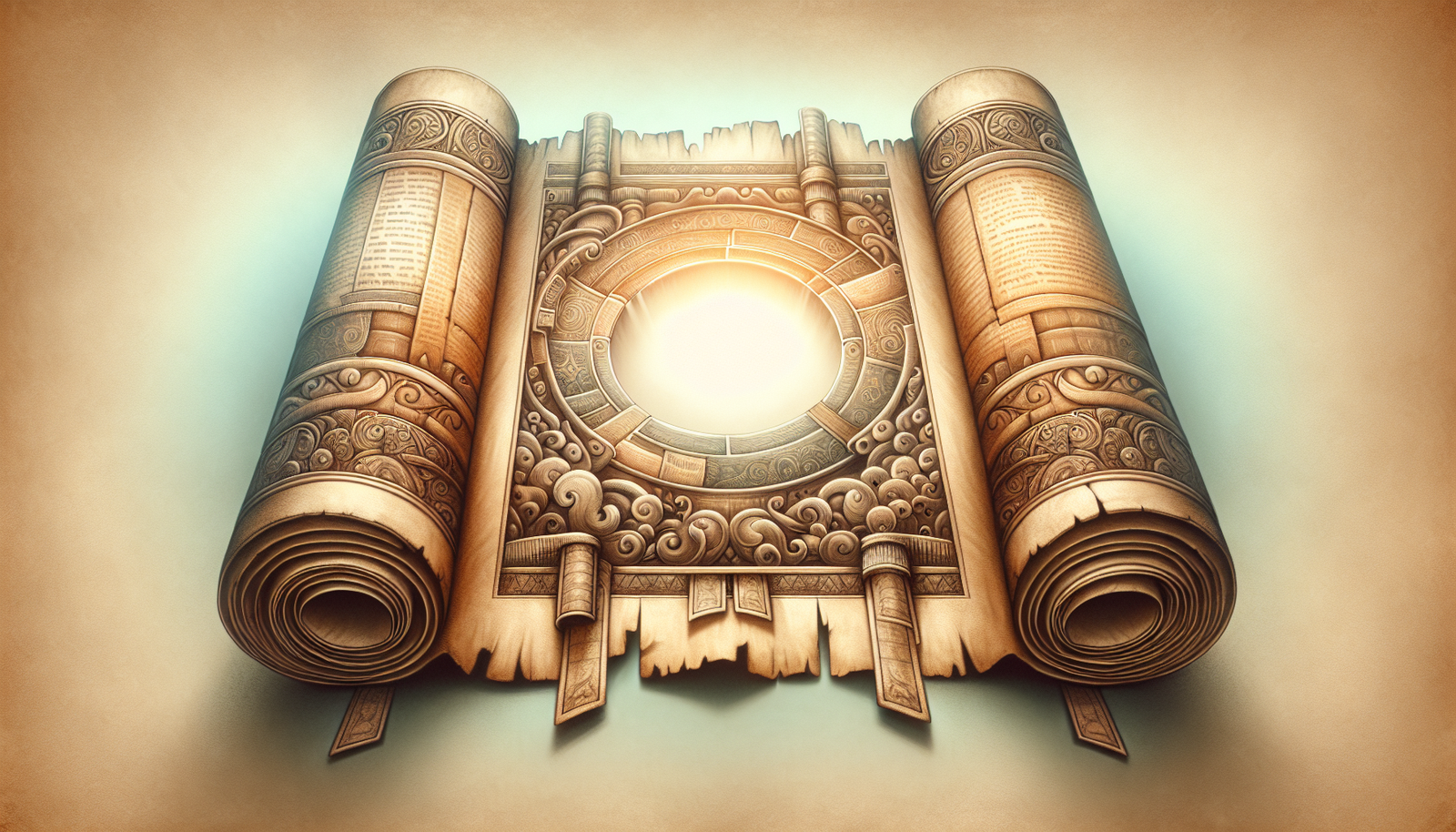Have you ever pondered how ancient societies tracked time, marking sacred events and seasonal changes? The ancient Hebrew calendar, with its rich historical and biblical significance, offers a fascinating glimpse into how time was understood in the ancient world. This article delves into the intricacies of this calendar system, revealing its remarkable complexity and significance. Through exploring biblical references and archaeological evidence, we aim to piece together how the ancient Hebrews marked time and the implications it holds today.
Discovery Context
The ancient Hebrew calendar has its roots deeply entrenched in biblical texts and historical traditions. This calendar played a significant role in the lives and religious practices of the Israelites as noted in various scriptures like Exodus and Leviticus, where calendar-based laws and festivals are outlined.
Biblical References and Historical Background
The Bible mentions numerous festivals, such as Passover and Yom Kippur, which were essential to Hebrew religious life. These events were guided by the lunar cycle, and the full moon marked the middle of the month. The Hebrew calendar’s biblical foundation is largely structured around agricultural cycles and religious observances. For instance, Exodus 12:2 mentions God instructing Moses and Aaron to consider the month of Nisan as the year’s beginning – setting a religious precedent that endures today.
Geographic Location and Context
The Hebrew calendar was primarily implemented in ancient Israel, a region where the lunar phases and agricultural seasons significantly influenced daily life. The land’s geography, climate, and agricultural patterns directly impacted how this calendar evolved over centuries. Israel’s reliance on rains for crop sustenance also influenced how months were structured, ensuring festivals aligned with agricultural cycles.
Recent Discoveries and Research
Recent archaeological discoveries and biblical scholarship have shed light on how the ancient Hebrew calendar system was structured. Significant contributions come from findings in Qumran, where the Dead Sea Scrolls revealed calendars and writings that offer deeper insights. Additionally, technological advances in dating methods have allowed scholars to more accurately piece together the calendar’s intricacies.
Archaeological Evidence
Discovering physical evidence of the ancient Hebrew calendar is a task laden with historical and scholarly significance. Let’s delve into the artifacts, dating methods, and scholarly interpretations that help us understand this sophisticated system.
Specific Artifacts that Illuminate the Calendar
Artifacts such as inscriptions, scrolls, and palace archives hold keys to decoding the Hebrew calendar. The Gezer Calendar, a small limestone tablet discovered in the early 20th century, is one of the oldest known references and details an annual agricultural cycle. It offers insight into how months were named and the agricultural activities associated with each.
Dating Methods and Expert Interpretations
Carbon dating and stratigraphy offer indispensable tools in determining the age of such artifacts. These methods confirm the Gezer Calendar dates back to the 10th century BCE. Scholars like Sacha Stern have interpreted these findings to suggest the calendar was originally agricultural, later evolving to incorporate religious observances detailed in the Torah.
Physical Descriptions and Interpretations
Inscriptions found in various locations, like Lachish and Samaria, help paint a clearer picture of how the Hebrew calendar was used. These inscriptions corroborate biblical references to specific months and seasonal activities. Descriptions in rabbinical writings complement findings, offering interpretative details that illuminate the calendar’s religious and societal role.
Significance of the Ancient Hebrew Calendar
Understanding the ancient Hebrew calendar extends far beyond academic curiosity. Its implications resonate in biblical understanding, historical context, and modern interpretations.
Biblical Implications and Religious Importance
Interpreting the calendar aids in comprehending significant biblical events and their timing. Many religious observances within Judaism today trace back to these ancient calendar roots. For instance, the precise timing of Passover aligns with the ancient calendar’s dictates, showcasing its enduring influence on religious life and practice.
Historical Impact and Cultural Relevance
The ancient Hebrew calendar offers a window into how early Jews structured their lives and community events. It highlights the blend of agricultural needs and religious observances that dominated daily life. Additionally, it underscores the dynamic interaction between Israelites and neighboring cultures, influencing the calendar’s evolution.
Modern Understanding and Research
Modern academic circles continue to delve into the Hebrew calendar, drawing on an interdisciplinary approach combining archaeology, religious studies, and history. Scholars actively contribute to a nuanced understanding, addressing gaps and paving the way for future discoveries. Understanding this calendar deepens our historical narrative, offering insights into timekeeping practices that have influenced modern calendars.
Conclusion
The ancient Hebrew calendar, a complex system rooted in religious and agricultural practices, has greatly shaped historical and religious narratives. By examining its biblical foundations, archaeological evidence, and modern interpretations, we gain a richer appreciation of its ongoing significance. The calendar’s blend of lunar and solar components offers a testament to the ingenuity of early civilizations. As scholars continue to decode its intricacies, the ancient Hebrew calendar remains a dynamic field of study with implications for both past understanding and future discourse. As an interested reader, you can further enrich your knowledge by engaging with contemporary research and archaeological findings, opening avenues for exploration into this fascinating aspect of ancient culture.
Ultimately, these explorations of the ancient Hebrew calendar invite us to appreciate the advanced understanding and sophisticated timekeeping that early societies possessed, fostering a deeper connection with history and its impact on present-day life.






